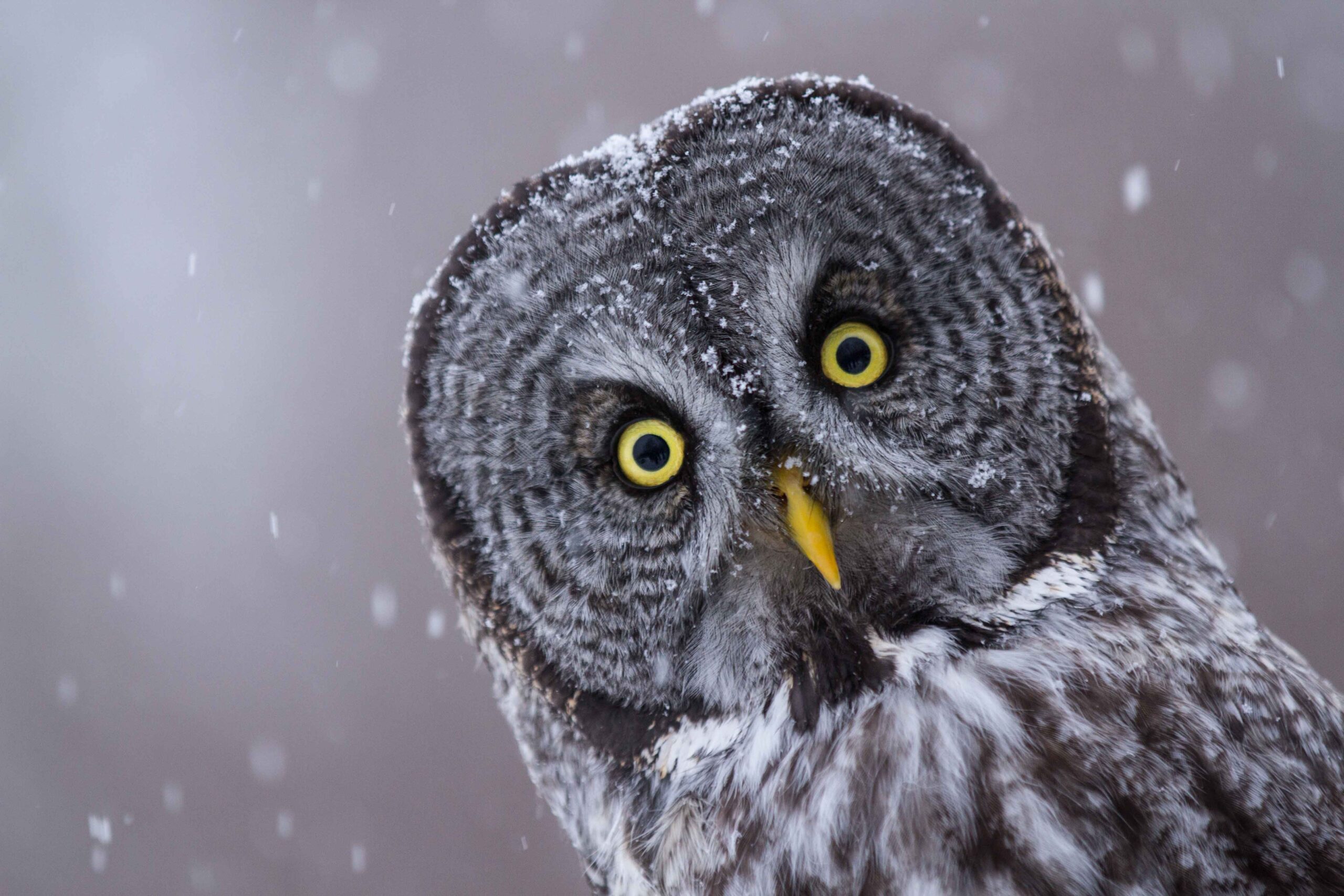The cancellation of “The Owl House,” a critically acclaimed animated series on Disney Channel, continues to reverberate among its devoted fanbase. The show, lauded for its intricate storytelling, diverse characters, and poignant exploration of LGBTQ+ themes, was unexpectedly truncated, leaving many pondering the actual impetus behind its premature demise. Let’s delve into the multifaceted factors that likely contributed to this decision.
I. The Shifting Sands of Disney Channel’s Demographic Focus: A Pivot Away From Serialized Narratives
Disney Channel, traditionally geared towards a younger demographic, has demonstrably gravitated towards episodic content and sitcoms. This strategic recalibration, aimed at capturing a broader, less demanding viewership, arguably placed “The Owl House” at a disadvantage. The show’s intricate, serialized narrative structure, requiring attentive engagement from its audience, might have been perceived as misaligned with the channel’s prevailing programming paradigm. The intricate plotlines and character arcs, hallmarks of the series’ appeal, necessitate a level of investment that contrasts with the network’s apparent preference for self-contained episodes.
II. The Perceived “Darkness” and Thematic Complexity: A Balancing Act Gone Awry?
While lauded for its nuanced exploration of complex themes, including trauma, found family, and sociopolitical commentary, “The Owl House” occasionally navigated darker thematic territories. This, coupled with the show’s fantastical setting in the Boiling Isles, a realm of witches and demons, might have raised concerns among network executives regarding its suitability for the intended target audience. Disney, a brand intrinsically associated with wholesome entertainment, often exercises caution when venturing into narratives perceived as excessively macabre or unsettling. The show’s willingness to confront challenging subject matter, though artistically commendable, could have been construed as a deviation from the network’s established brand identity.
III. Production Timeline and Logistical Hurdles: The Impact of Pandemic-Related Disruptions
The COVID-19 pandemic wrought havoc on numerous television productions, and “The Owl House” was not immune. Disruptions to the animation pipeline, voice recording sessions, and other critical aspects of production likely impacted the show’s timeline. This, coupled with pre-existing budgetary constraints, might have contributed to the decision to curtail the series. Animated productions are inherently time-intensive and resource-dependent. Significant disruptions can render a project financially unviable or necessitate drastic alterations to its scope.
IV. The Specter of Shortened Seasons: A Trend in Animated Television
Unfortunately, the truncation of animated series is not an isolated incident. The economics of animation, coupled with evolving viewership patterns, have led to a trend of shortened seasons and premature cancellations. Network executives often prioritize new projects over established ones, seeking to capitalize on novelty and perceived market trends. This phenomenon, fueled by the ever-accelerating pace of content creation, has resulted in the untimely demise of numerous beloved animated shows.
V. The Role of Creator Vision and Network Control: A Potential Clash of Artistic Intent
While publicly, Disney representatives have cited various justifications for the show’s abridgement, some theorize that creative differences between the show’s creator, Dana Terrace, and network executives might have played a pivotal role. Terrace’s vision for the series, encompassing its intricate narrative threads and progressive themes, may have clashed with the network’s desire for a more conventional or less ambitious storyline. Such clashes, though often concealed behind layers of corporate bureaucracy, can significantly impact a show’s trajectory. The delicate balance between artistic autonomy and network oversight is a constant negotiation in the realm of television production.
VI. LGBTQ+ Representation: A Double-Edged Sword?
“The Owl House” distinguished itself through its groundbreaking LGBTQ+ representation, particularly the central romantic relationship between Luz Noceda and Amity Blight. While this representation garnered widespread acclaim and resonated deeply with audiences, it also attracted a certain degree of controversy. Some speculate that concerns about potential backlash from conservative demographics might have influenced the network’s decision to shorten the series. However, it is essential to acknowledge Disney’s increasing commitment to diversity and inclusion in its programming. Attributing the cancellation solely to LGBTQ+ representation would be an oversimplification of a complex situation. The potential for negative reception from certain groups remains a factor, even as mainstream attitudes evolve.
VII. The Disney Brand and Corporate Strategy: Navigating a Complex Landscape
Ultimately, the cancellation of “The Owl House” likely stems from a confluence of factors intricately intertwined with Disney’s broader corporate strategy. Shifting priorities within Disney Channel, budgetary considerations, production challenges, and potential creative differences all converged to shape the show’s fate. It is crucial to recognize that these decisions are often driven by complex algorithms and market analyses, rather than solely by artistic merit or audience affection. The cancellation serves as a poignant reminder of the precarious nature of television production and the challenges faced by creators striving to bring their visions to life within a corporate framework. The corporate landscape is in constant flux, and this can heavily impact the creative process.
In summation, while the exact reasons remain shrouded in a degree of ambiguity, the termination of “The Owl House” was almost certainly the result of multiple contributing elements, creating a complex constellation of rationale that ultimately led to the show’s early conclusion.
